I've read and used the info available here re. full charge wadcutters in a .38 Sp. Makes sense to me. I am looking for old articles re. the benefits of the semi-wadcutter. I vaguely remember reading stuff along those lines but am re-visiting the subject. For my amusement mainly. If you recall some work done kindly bring it up here. Thanks.
Full charge WC vs. SWC
- 1.6K Views
- Last Post 03 April 2017
of course the major ” improvement ” is the aero characteristics allow the swc to remain stable for a longer time .
i think the original keith style had a bore riding nose dia ... for some reason the later versions had a nose dia too small ....during your research please find why that would be ....and let us know ...
it would seem that a truncated cone design would be good .... and note that some ed harris designs are sort of a truncated cone with a rounded nose edge ...
interesting trivia ...
ken
Attached Files
a meat pounding flat nose on a bullet that punches nice holes in paper is a good invention.
Attached Files
There's a lot on this site below under “handguns", of you can visit Ed's site at: http://www.hensleygibbs.com/edharris/backcreekdiary.htm
Attached Files
Thank you. That is helpful. I have more reading to do. I'm zeroing in on the SWC as a hunting bullet and it's history.
Attached Files
Look into LBT's wide flat point or his long flat point. Both would be Superior to a semi-wadcutter for both accuracy and killing power. They're also easier to pour since they have fewer sharp corners.
Attached Files
In Keith's “Sixgun Cartridges and Loads", 1936, he credits Pope for using the flat point with groove diameter square shoulder first, for cutting paper. The handgun SWC's began in about 1912, but were just called “wadcutters", anything with a square shoulder. Keith combined ideas from several bullets to make his design. The book above gives a clear history of the style prior to WWII. The term “semi-wadcutter” is a 1950's invention. Glen Fryxell has a good article over at the LASC site about the history of wadcutters.
Attached Files
If a person desires or needs “maximum smack” then use a dbl-ended wadcutter. If that person needs long range accuracy, use either a semi-wadcutter of original Keith design (my choice is the Mihec #503 H&G for the .44 calibers, as an example) or the LBT LFN.
When deer hunting I always prided myself for “getting up close and personal". The two longest range deer I have taken with a handgun were at about 75 yards and 85 yards. I considered myself 100% at up to 125 yards with my .44 Magnums but much preferred to take them close. Frankly, I enjoyed stalking to see how close I could get. My closest shot on a deer was 10 yards.
FWIW Dale53
Attached Files
For maximum impact on small game nothing beats a full wadcutter.
BUT accurate range is limited to 50 to 70 yards. AND wadcutters will tumble and wander off-line in large game.
A semi-wadcutter, truncated cone, or round nose flat point with can give long range accuracy and tend to penetrate straight in game. My personal choice is a round nose flat point, as they are easy to cast. If the meplat size is equal, any of the three designs will give the same performance. It sounds like the LBT wide flat nose would work for you.
Steve
Attached Files
The traditionally-shaped ogival flat-nosed bullets used in black powder cartridges, such as the .44-40 gave good accuracy even at long range, combined with deep penetration and shock effect on game. The meplat of most such bullets was from 0.6 to 0.7 of the bullet diameter and alloys were soft, permitting some expansion at rifle velocities and for bullets to rivet upon hitting bone at slower, subsonic long range or revolver velocities.
John Kort's writings on the .44-40 are a good read:
http://castboolits.gunloads.com/showthread.php?265478-My-44-40-Black-Powder-Journey and what you learn there can be applied to our modern pistol and revolver cartridges using smokeless powder. He has influenced my thinking on this subject considerably and much of my experimentation since I retired has been “reinventing the wheel".
Some of John's work pictured below to give you a “taste"
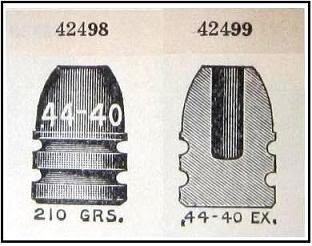
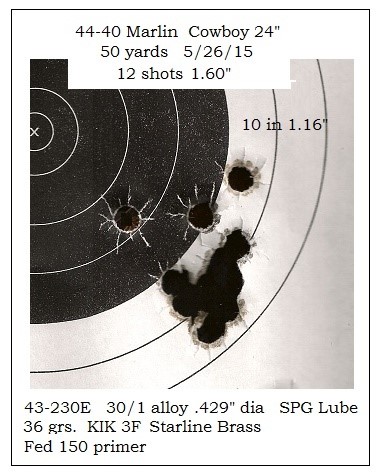
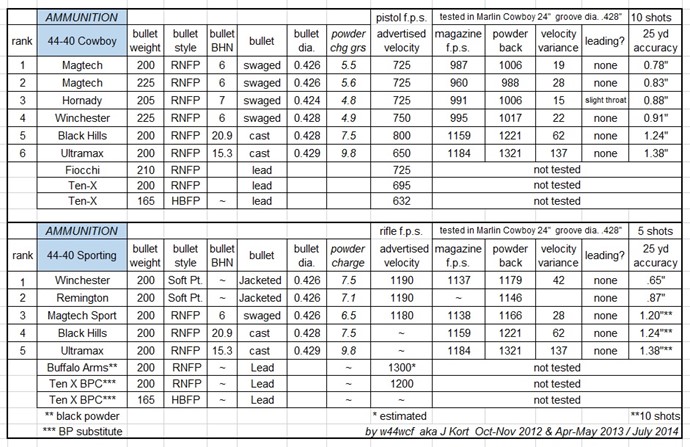
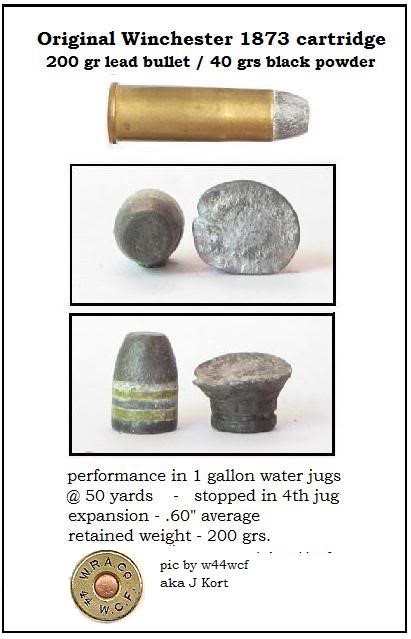
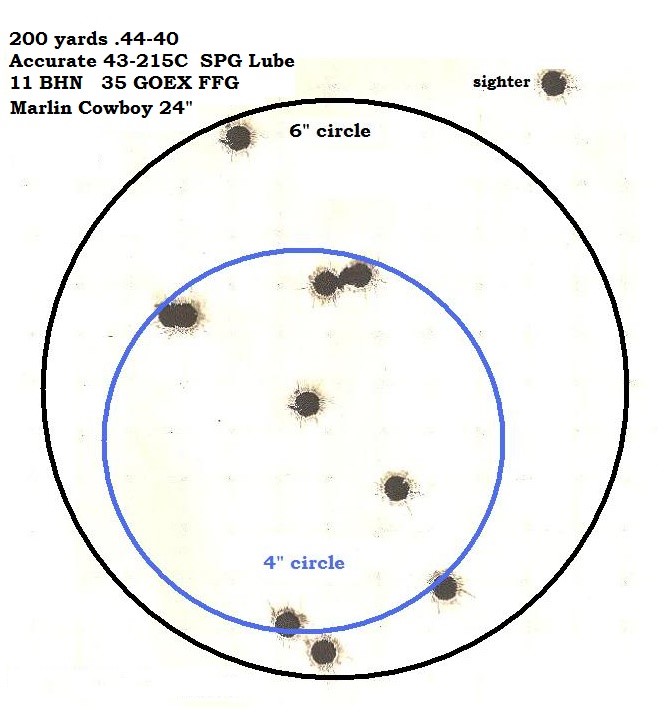

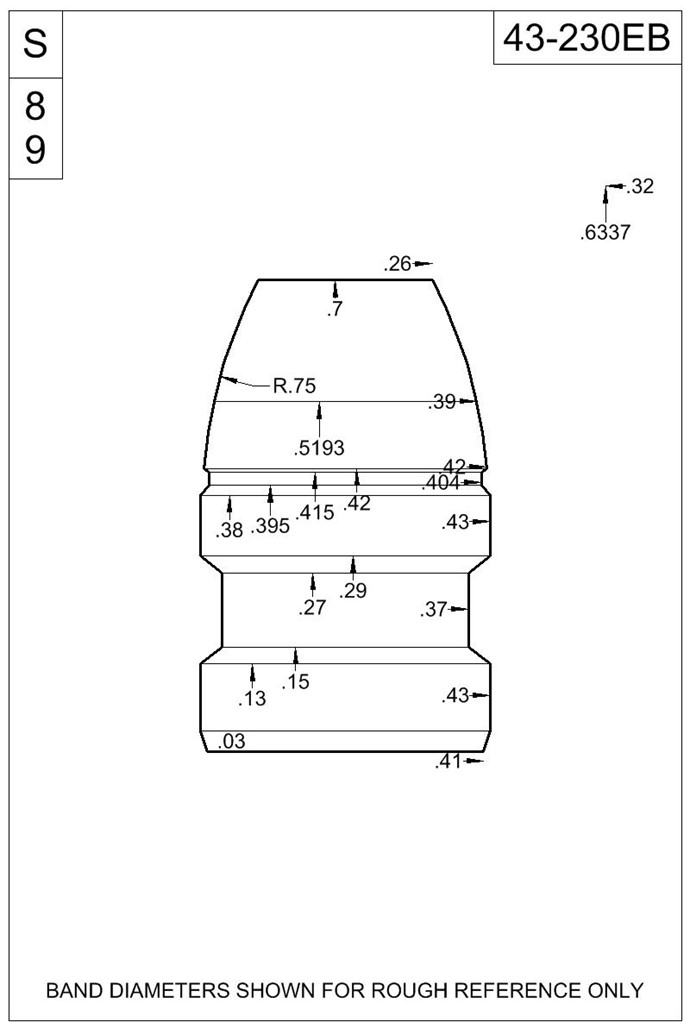
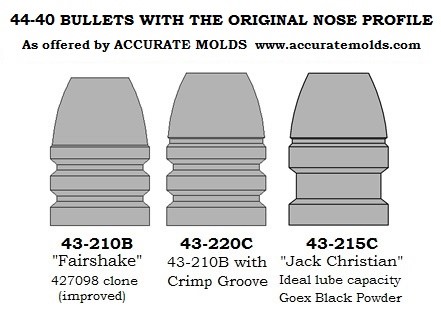
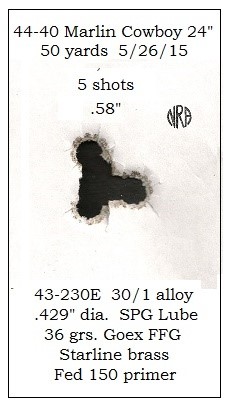
73 de KE4SKY In Home Mix We Trust From the Home of Ed's Red in "Almost Heaven" West Virginia
Attached Files
Categories
- All Categories
- General Polls
- Contact Us w/ Forum Issues
- Welcome to The Cast Bullet Association Forum
- General
- Bullet Casting
-
Guns and Shooting
- AR Platform
- TC Contenders & Other Single Shot Handguns
- Shotguns
- Informal Matches & Other Shooting Events
- Gunsmithing Tips
- Gun Cleaning & Maintenance
- Optics
- Benchrest Cast Bullet Shooting
- Military Bench Rest Cast Bullet Shooting
- Silhouette Shooting
- Postal Match Cast Bullet Shooting
- Factory Guns
- Black Powder Cartridge
- Hand Guns
- Lever Guns
- Single Shot Rifles
- Bolt Action Rifles
- Military Surplus Rifles
- Plinkers Hollow
- Muzzleloaders
- Hunting
- Reloading
- Buy, Sell or Trade
- Other Information & Reference
Search
This Weeks High Earners
-
 wimilkman
28
wimilkman
28
-
 pat i.
18
pat i.
18
-
 Tom Acheson
14
Tom Acheson
14
-
 Aaron
12
Aaron
12
-
BRatigan 10
-
 MarkinEllensburg
9
MarkinEllensburg
9
-
 Ed Harris
8
Ed Harris
8
-
mashburn 6
-
porthos 5
-
MP1886 4





